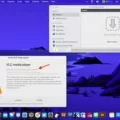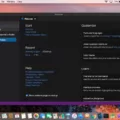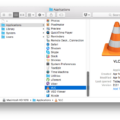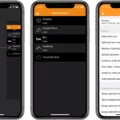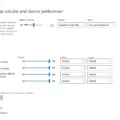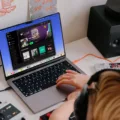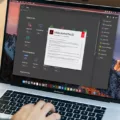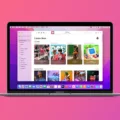The VLC Media Player is a popular media player with a long history of providing users with the ability to play and stream a wide variety of audio and video files. It is available for both Windows and MacOS, as well as Android and iOS mobile devices. With its powerful playback capabilities and an extensive library of supported formats, VLC has become a go-to choice for many when it comes to media players.
Unfortunately, sometimes users may find themselves in a frustrating situation where their version of VLC fails to update automatically. This might be due to a variety of reasons, such as an outdated or faulty Windows installation or an issue with the Internet connection. Whatever the reason may be, it’s possible to manually update the player so that users can continue using its powerful features without any issues.
Here are some steps you can take if your VLC media player won’t update on Windows 10:
1. Check your Internet Connection: Make sure that your computer is connected to the internet before attempting any manual updates for VLC Media Player. You may need to restart your router or modem if you are having trouble connecting to the internet.
2. Allow VLC To Communicate Through Firewall: If you have installed a third-party firewall on your system, make sure that you allow VLC Media Player application access through it in order for updates to work properly.
3. Run VLC As Administrator: In some cases, running the VLC Media Player application as an administrator can help solve any issues related to downloading updates manually. To do this, right-click on the icon of the program and select ‘Run As Administrator’ from the context menu that appears.
4. Disable Third-Party Antivirus Software: If you have installed any third-party antivirus software on your system, make sure that you temporarily disable it before attempting any manual updates for VLC Media Player as it might be blocking some necessary files from being downloaded by the program itself.
5 Update Manually: If all else fails then you can try updating your version of VLC manually from VideoLAN’s official website (https://www.videolan.org/vlc/). Clicking on ‘Download Now’ should display several download options for different operating systems including Windows 10 – select whichever one is relevant and follow the instructions provided by VideoLAN in order to complete the installation successfully!
In conclusion, if none of these steps solve the problem then contacting VideoLAN customer support might be necessary in order to get further assistance on troubleshooting this issue with their product – they are available 24/7 so don’t hesitate!
Troubleshooting Issues with VLC Updates
There could be a few reasons why your VLC is not updating. First, it’s possible that your internet connection is having issues, so check to make sure you have a stable connection. Additionally, you may need to allow VLC to communicate through the Firewall. To do this, go to the Windows Defender Firewall and make sure VLC is allowed to communicate in both private and public networks.
You should also run VLC as an administrator. Right-click on the VLC icon and select “Run as Administrator”. If you are using third-party antivirus software, you may need to disable it temporarily while updating VLC.
If none of these steps work, then you can try manually updating VLC by downloading the latest version from VideoLAN’s website and running the installation file. After the update is complete, remember to re-enable any third-party antivirus software that you disabled previously.
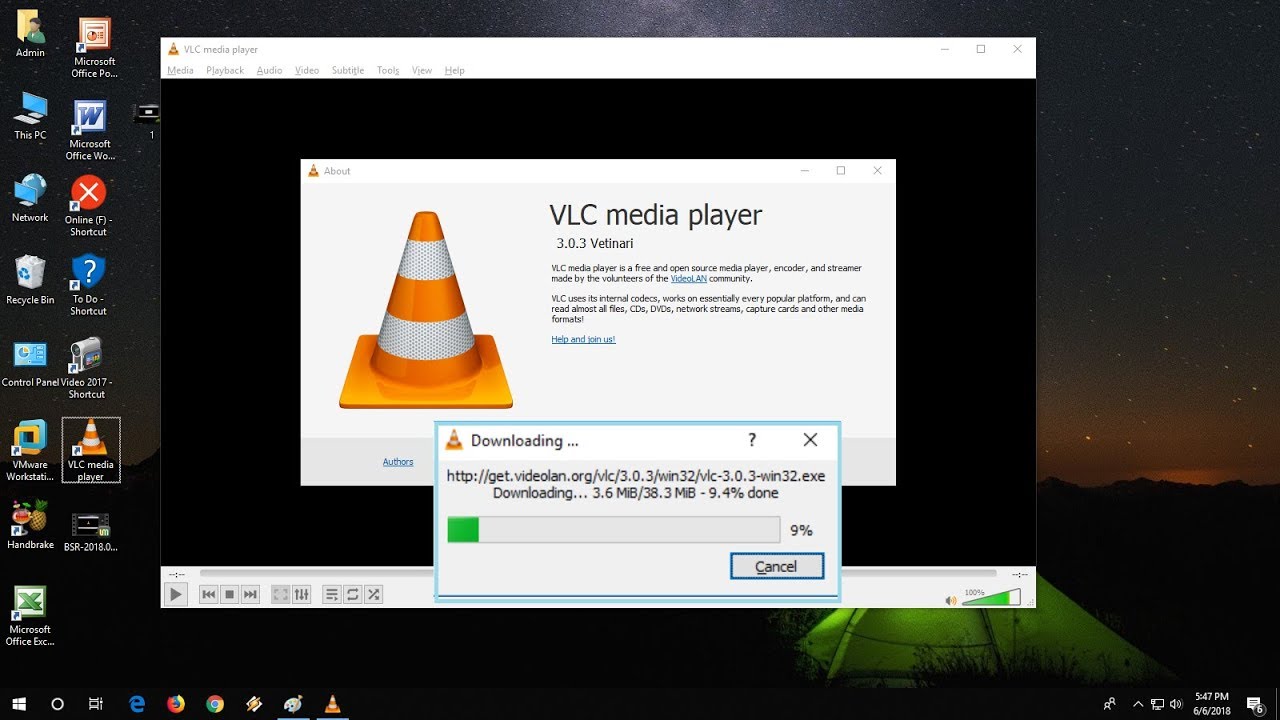
Fixing a Corrupted VLC Player
Fixing a corrupted VLC player can be done in several ways. Firstly, you should try restarting your computer and trying to launch VLC again. If the issue persists, you can try uninstalling and reinstalling the application. To do this, open the Control Panel, select Programs and Features, find VLC Player in the list of programs, and click on Uninstall. Then download the latest version of VLC Player from the official website and install it on your computer. Additionally, you can also try clearing all settings by resetting VLC Player to default settings. To do this, go to Tools > Preferences > Reset Preferences > All. This should fix any corrupted settings that may have caused the issue with your VLC Player.
Is VLC Media Player Still Supported?
Yes, the VLC Media Player is still actively supported by VideoLAN. With the 3.0.18 release, they have added support for a few new formats, improved adaptive streaming support, fixed some crashes, and updated many third-party libraries. The team is committed to continuing to provide updates and support for the media player so users can continue to enjoy its features.
Conclusion
In conclusion, VLC Media Player is one of the most popular and reliable media players available. It comes with a wide range of features, including support for multiple video formats, an intuitive user interface, and the ability to update automatically. Although it may not support every video format out there, its compatibility with most of them makes it an excellent choice for playing videos. With its reliable performance and extensive features, VLC Media Player is a great choice for any media enthusiast.

